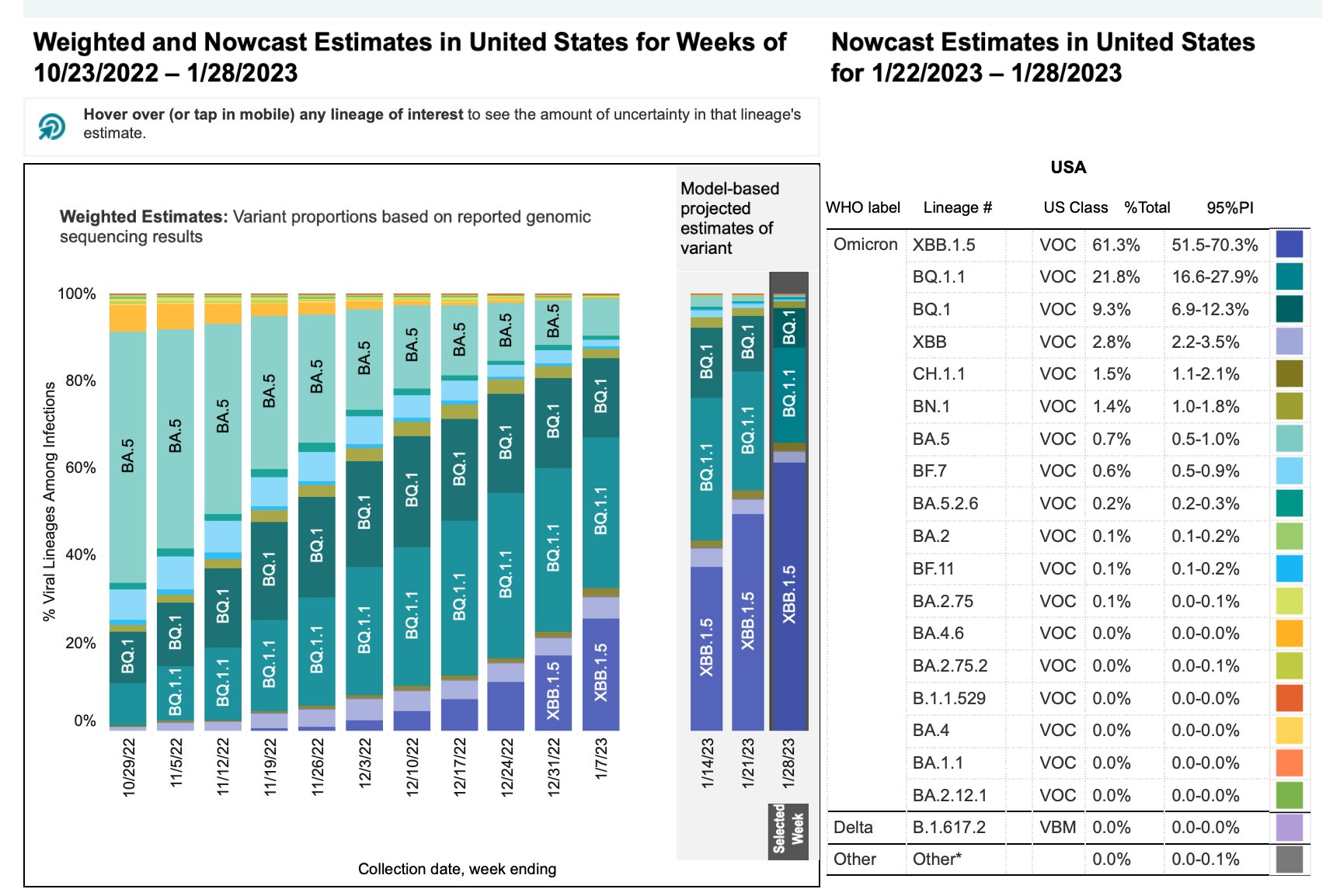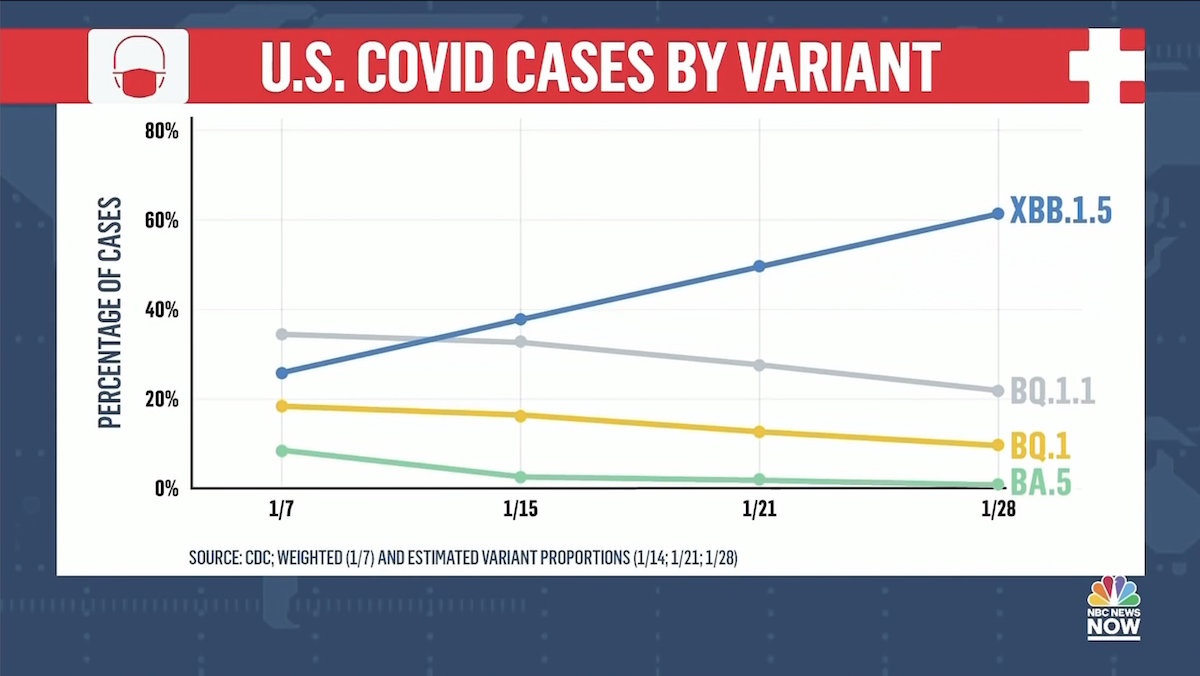
Monitoring Variant Proportions. CDC
SARS-CoV-2, the virus that causes COVID-19, is constantly changing and accumulating mutations in its genetic code over time. New variants of SARS-CoV-2 are expected to continue to emerge. Some variants will emerge and disappear, while others will emerge and continue to spread and may replace previous variants.
To identify and track SARS-CoV-2 variants, CDC uses genomic surveillance. CDC’s national genomic surveillance system collects SARS-CoV-2 specimens for sequencing through the National SARS-CoV-2 Strain Surveillance (NS3) program, as well as SARS-CoV-2 sequences generated by commercial or academic laboratories contracted by CDC and state or local public health laboratories. Virus genetic sequences are analyzed and classified as a particular variant. The proportion of variants in a population are calculated nationally, by HHS region, and by jurisdiction. The thousands of sequences analyzed every week through CDC’s national genomic sequencing and bioinformatics efforts fuel the comprehensive and population-based U.S. surveillance system established to identify and monitor the spread of variants.
Rapid virus genomic sequencing data combined with phenotypic data are further used to determine whether COVID-19 tests, treatments, and vaccines authorized or approved for use in the United States will work against emerging variants.

